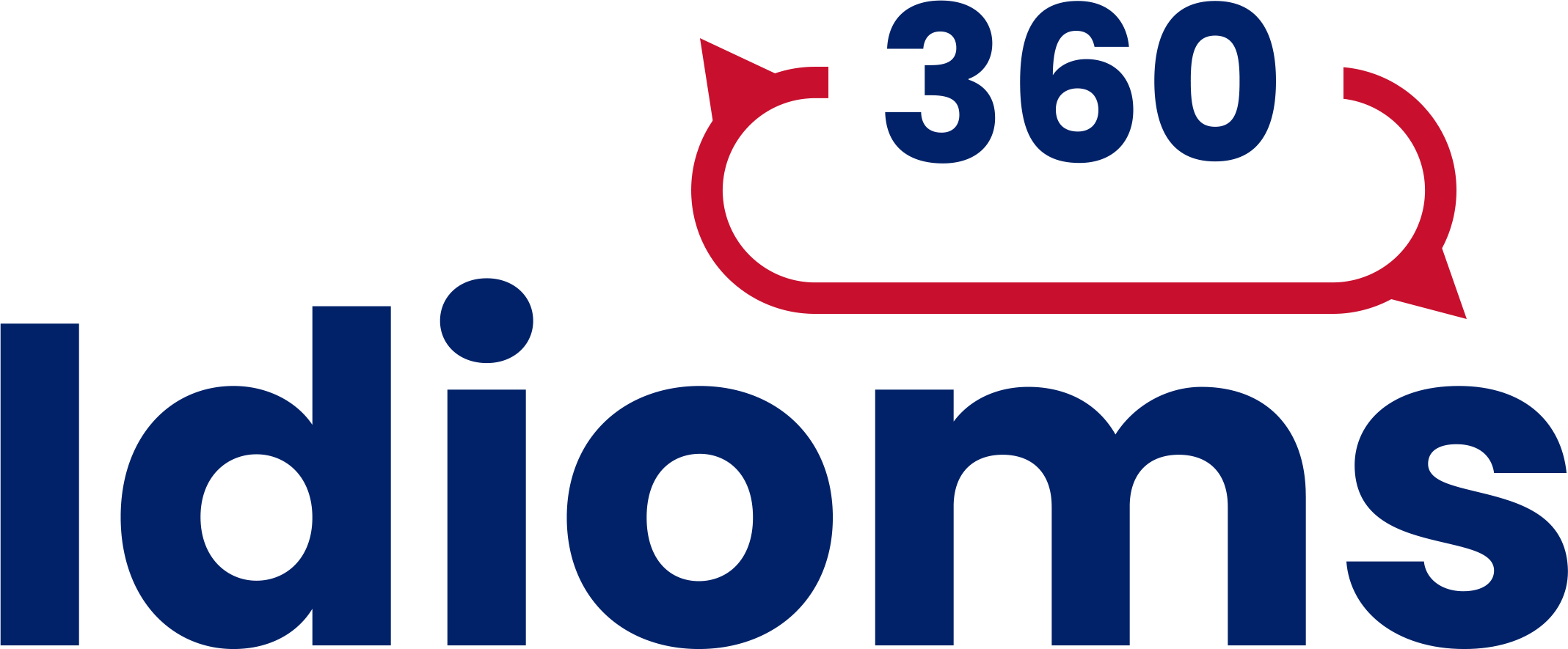With the rapid advancements in artificial intelligence, AI-powered translation tools have significantly improved in speed and accuracy. Neural machine translation (NMT) models, such as those used by Google Translate and DeepL, leverage deep learning to produce increasingly fluent translations. However, human translation remains indispensable in many critical areas despite these improvements.
𝟭. 𝗖𝗼𝗻𝘁𝗲𝘅𝘁𝘂𝗮𝗹 𝗮𝗻𝗱 𝗖𝘂𝗹𝘁𝘂𝗿𝗮𝗹 𝗡𝘂𝗮𝗻𝗰𝗲𝘀
AI struggles with idioms, slang, and cultural references that require deep contextual understanding. A phrase that makes perfect sense in one language might be meaningless or even offensive in another if translated literally. Professional human translators ensure that translations are linguistically accurate and culturally appropriate.
𝟮. 𝗗𝗼𝗺𝗮𝗶𝗻-𝗦𝗽𝗲𝗰𝗶𝗳𝗶𝗰 𝗔𝗰𝗰𝘂𝗿𝗮𝗰𝘆
Technical, legal, and medical texts require precise terminology that AI often fails to grasp, especially when dealing with ambiguous terms or industry-specific jargon. Human experts can ensure the correct usage of specialized terminology, reducing the risk of misinterpretation that could have serious consequences.
𝟯. 𝗘𝗺𝗼𝘁𝗶𝗼𝗻𝗮𝗹 𝗮𝗻𝗱 𝗦𝘁𝘆𝗹𝗶𝘀𝘁𝗶𝗰 𝗔𝗱𝗮𝗽𝘁𝗮𝘁𝗶𝗼𝗻
AI-generated translations often lack the emotional intelligence required to convey tone, humour, or rhetorical intent. In marketing, literature, and creative content, human translators adapt messages to resonate with the target audience while maintaining the original intent and style.
𝟰. 𝗘𝘁𝗵𝗶𝗰𝗮𝗹 𝗮𝗻𝗱 𝗖𝗼𝗻𝗳𝗶𝗱𝗲𝗻𝘁𝗶𝗮𝗹𝗶𝘁𝘆 𝗖𝗼𝗻𝗰𝗲𝗿𝗻𝘀
AI translation tools process vast amounts of data, raising concerns about privacy and security. Sensitive legal, financial, or medical documents require confidentiality, which can be better ensured with human translators working under strict ethical guidelines.
𝟱. 𝗛𝗮𝗻𝗱𝗹𝗶𝗻𝗴 𝗟𝗼𝘄-𝗥𝗲𝘀𝗼𝘂𝗿𝗰𝗲 𝗮𝗻𝗱 𝗘𝘃𝗼𝗹𝘃𝗶𝗻𝗴 𝗟𝗮𝗻𝗴𝘂𝗮𝗴𝗲𝘀
AI translation systems perform best with widely spoken languages but struggle with low-resource languages or dialects. Moreover, languages evolve over time, incorporating new expressions and societal shifts that AI may not immediately recognize. Human translators continuously adapt to linguistic changes, ensuring relevance and accuracy.
𝙏𝙝𝙚 𝙁𝙪𝙩𝙪𝙧𝙚: 𝘼𝙄 𝙖𝙣𝙙 𝙃𝙪𝙢𝙖𝙣 𝙎𝙮𝙣𝙚𝙧𝙜𝙮
While AI translation tools are valuable for quick, informal translations, they cannot yet replace human expertise in high-stakes scenarios. The most effective approach is a hybrid model, where AI assists human translators by handling repetitive tasks, allowing professionals to focus on refining and ensuring the highest quality translations.

